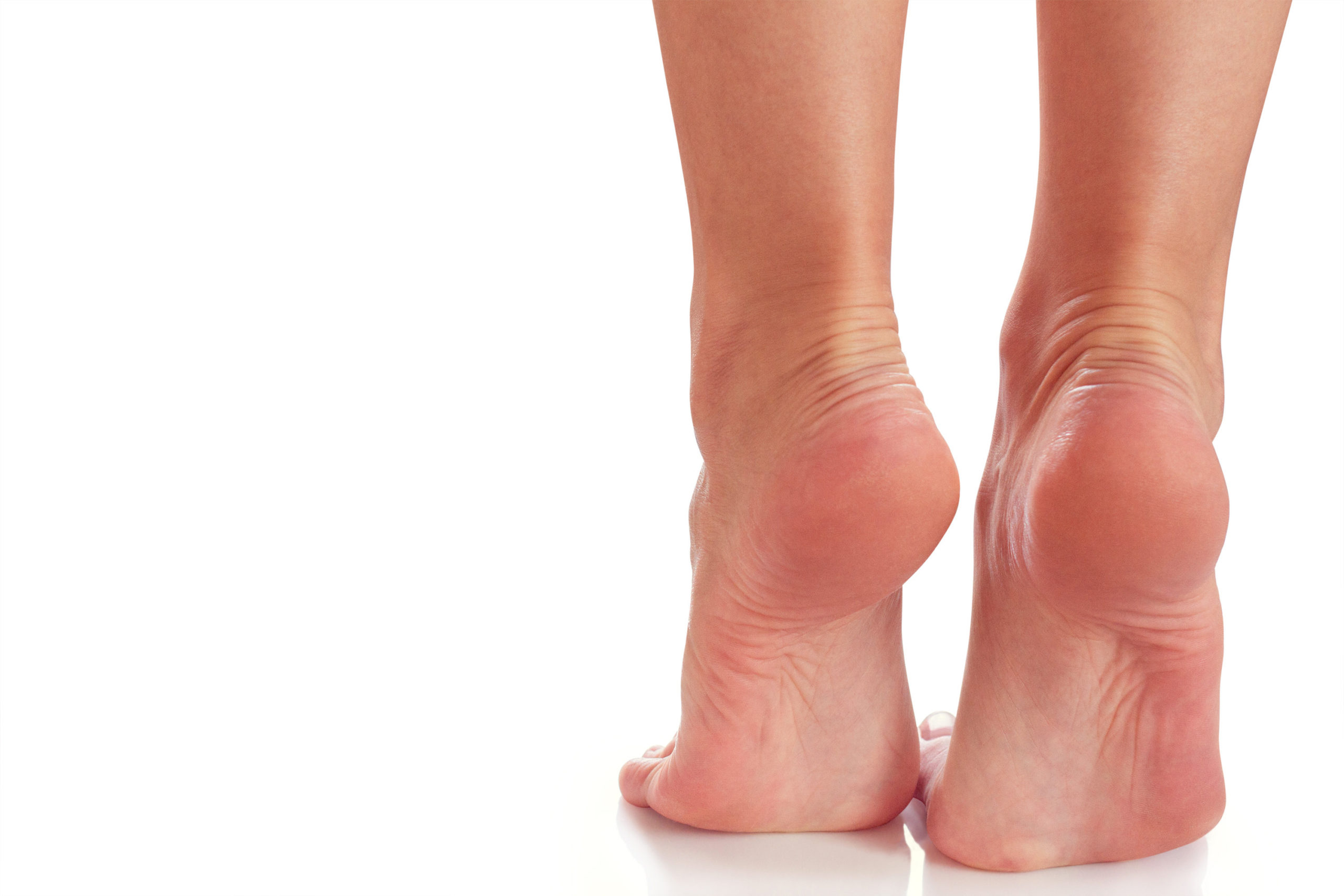Toe walking simply means the child walks on their toes and will not or will only temporarily place the whole foot on the ground while walking.
Except for clearly established neurological causes, Toe walking is a benign condition meaning it is a normal variant of different walking styles.
This article will explain the causes, the conditions associated with toe-walking, the signs and symptoms of toe walking plus its treatment.
Causes of toe walking
- Physiological causes.
This means that it is normal. It is physiological for children who are just starting to walk to be up on their toes. For most children, it is a phase that they outgrow.
- Neurological cause
Neurological causes are those that are a result of an issue in the nervous system. Children with some neurological conditions can be seen walking on their toes. These include conditions like cerebral palsy, polio.
This can be brought on by spasticity of the muscles or by muscle imbalances in the leg and foot in these conditions.
In most neurological conditions, toe walking is often seen on one side.
- Genetic causes. When toe walking is a result of genetic causes, It can be because it runs in families or because or because of a genetic disease in the family
- Muscular dystrophies are genetic conditions. These can also be a cause of toe walking. These conditions are characterized by weakness in muscles due to their inability to produce dystrophin which is a protein that allows proper functioning of the muscles. Children with muscular dystrophy will have been walking normally in the past and start toe-walking as they get older.
- Limb length discrepancy
Toe walking on one leg can also be brought on by a limb length discrepancy where one leg is shorter than the other and toe walking is done in an attempt of equalizing the legs.
Conditions associated with toe-walking
- Autism has been associated with idiopathic toe walking. Again, not all children who toe-walk are autistic.
When should you expect toe walking to stop?
It may be normal for most children less than 2yrs to walk on their toes. Toe walking is expected to stop at about 2years.
When your child is toe walking after 2yrs, it might be time to see a doctor.
Signs and symptoms
- Walking on toes and never putting the feet on the ground
- Pain in the foot and ankle joint
This is rare but can happen secondary to the tightness of the Achilles tendon (the heel cord) at the back of the foot.
- Callosities on the balls of the foot. This happens due to uneven distribution of weight on the foot.
- Frequently tripping and falling especially when running.
Treatment for toe-walking
Toe walking can be fixed in two different ways; non-operatively and operatively.
Non-operative treatment
a)Observation
b)Stretching of the heel cord. Parents can be very useful here by stretching the feet daily before bedtime or any time of the day.
Children can also do their own stretching exercises by placing their feet flat and sliding up and down a wall. They should resist the temptation to get up on their toes as they slide down and up the wall.
b)Serial casting. The child is placed in walking casts that are changed every 2 to 3weeks. This is done in order to break the cycle of walking on the tippy toes and in away force the child to walk with the foot down. Casts will be used for a total of 6 to 8 weeks.
During the cast changes, the foot is manipulated and forced into a plantigrade position. A plantigrade foot is where one walks on the whole sole of the foot and not just the toes.
c) Botox injection. These injections are often given in combination with casting.
Surgical treatment for toe-walking
Surgery is often the last resort and is only used in symptomatic children and those with tight Achilles tendons.
a) Lengthening of the Achilles tendon.
This is a small operation done as an outpatient procedure where small nicks are made to the tendon and then lengthened by stretching it out.
Consequences of Toe walking
what could happen if someone toe walks for a long time.
- Tight Achilles. The heel cord becomes too tight overtime.
- Pain at the back of the foot in the long run.
In conclusion, toe walking is considered a benign condition. It is important to rule out neurological and genetic causes. Most kids outgrow this but in some, it persists and can be managed non-operatively and rarely operatively.
